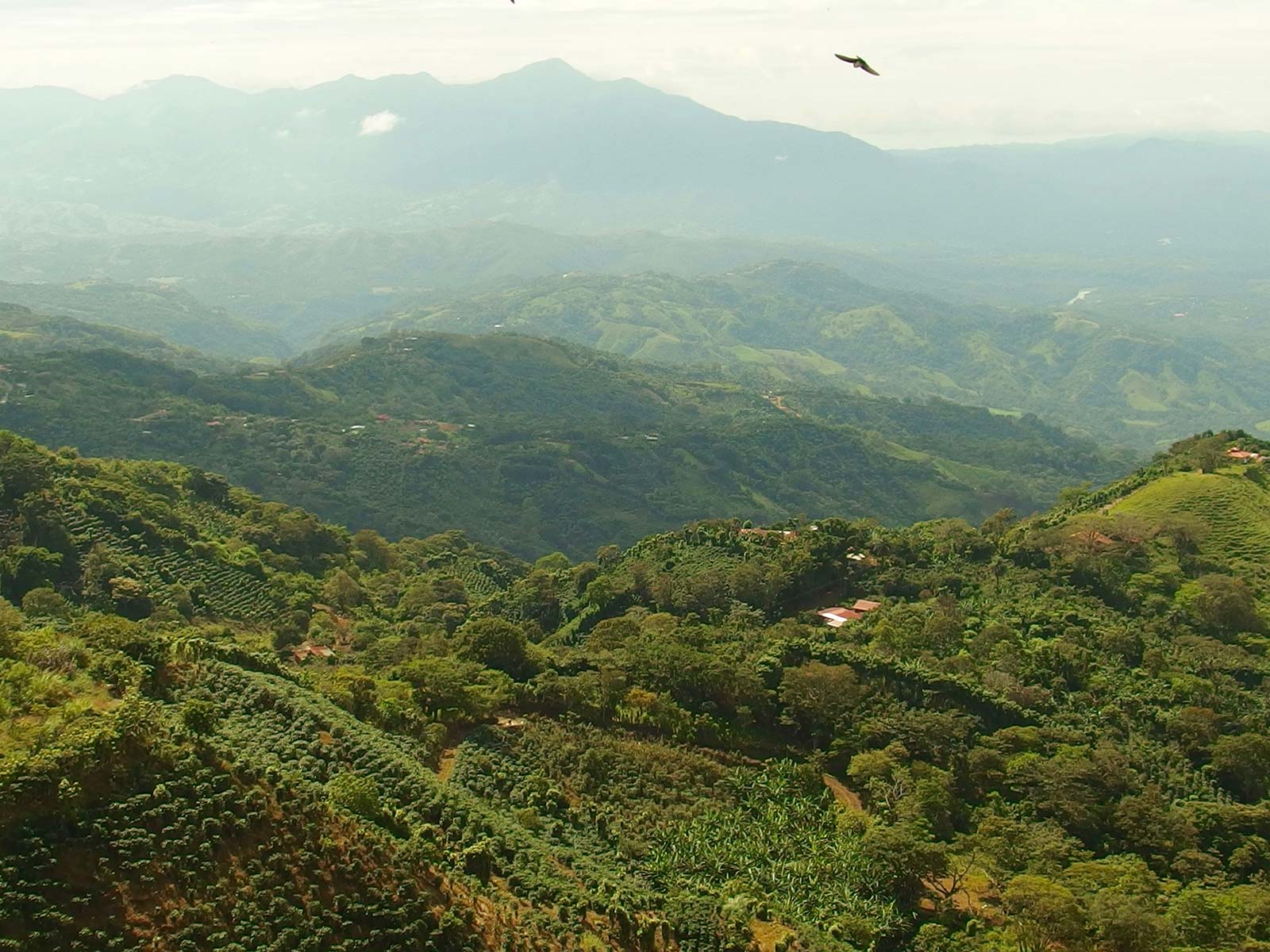
Costa Rica’s Charming Central Valley
June 18, 2016
Properties in Costa Rica
Dramatic volcanoes and mountainous ranges, national parks, lush green rainforests and proximity to San Jose, makes Costa Rica’s Central Valley one of the most desirable regions in the country. Here a cosmopolitan flair meets a laid back environmentally conscious sensibility. The Central Valley has grown to be a blend of cultures dating back to the original indigenous settlers and now absorbing the expats from North America and Europe to create an international melting pot of world cultures.
The region offers world-class medical care, excellent schools such as the Country Day School, cultural activities, the modern conveniences of restaurants and shops. The area has undergone careful sustainable development to create an inviting 21st Century environment complete with reliable high-speed wireless that is also ecologically sound. The Central Valley represents a pleasant anomaly that is highly desirable to many people.
San Jose forms the epicenter of the Central Valley. As Costa Rica’s capital, it is the urban center and the cultural and business pulse of the country. It’s also where you will find the best medical care in the country. These factors make the area very attractive to business people, as well as expats living and working in Costa Rica. Here you have the cultural charm, laid back lifestyle, commitment to sustainability coupled with a cosmopolitan vibe and 21st Century infrastructure and amenities. People are well-educated and aware of their environment here.
Neighboring Santa Ana and Escazu are two of the poshest neighborhoods in Costa Rica. Escazu is frequently referred to as the “Beverly Hills” of Costa Rica. These are the swanky areas in the Central Valley with many cultural activities as well as upscale shops, boutiques, and restaurants. These towns cater to a mixture of Ticos and expats living in the area and tends to be international. They are cosmopolitan, charming and offer easy access to downtown San Jose, top medical care and some of Costa Rica’s finest schools.
There are also neighboring colonial towns of Heredia, Alajuela, and Cartago. These places are deeply rooted in Costa Rica’s cultural history dating back to the 16th Century. As the oldest settlements in the country, part of their charm resides in the colonial architecture and traditional town planning. These are very attractive pleasant communities that offer a slower pace of life while still being close to the buzz and action of San Jose.
Alajuela is a pleasant escape from the hustle and bustle of San Jose. The central market, with fresh produce, fish, and meats, is a popular local meeting spot on Saturdays. This small city is in driving distance to the world-famous Arenal Volcano and Monteverde Forest Reserve. Also nearby is the Manuel Brenes Biological Reserve, which is filled with splendid orchids and rich vegetation.
Cartago was Costa Rica’s first capital and one of the oldest communities in Costa Rica. It was the capital until 1823. It’s famous for its grand gray and white Byzantine church, the Basilica de Nuestra Senora de Los Angles, which is home to the famous Black Madonna statue who is Costa Rica’s patron Saint. With rich soil, Cartago is a major producer of milk, potatoes, onions and coffee. The Reventazon River runs through the town too. It is also home to the well-respected Costa Rica Institute of Technology.
Heredia is the smallest Costa Rica providence, and it’s also the most authentic. There are few places that can really match the traditional charm of this town. Referred to as the “City of Flowers,” there’s an abundance of orchids, and it’s surrounded by coffee plantations. In the middle of the town, there is a Central Park, which acts as a meeting place. Here you will find the famous Costa Rica church, the Basilica de Barva. It’s also close to the Barva Volcano in Braulio Carrillo National Park.
These are just a few of the defining places in Costa Rica’s Central Valley. They form much of the core of the country’s cultural heritage. By successfully preserving the past while adapting to the needs of the present and future, these towns create pleasant, stable environments anchored in the country’s rich and diverse cultural history.
